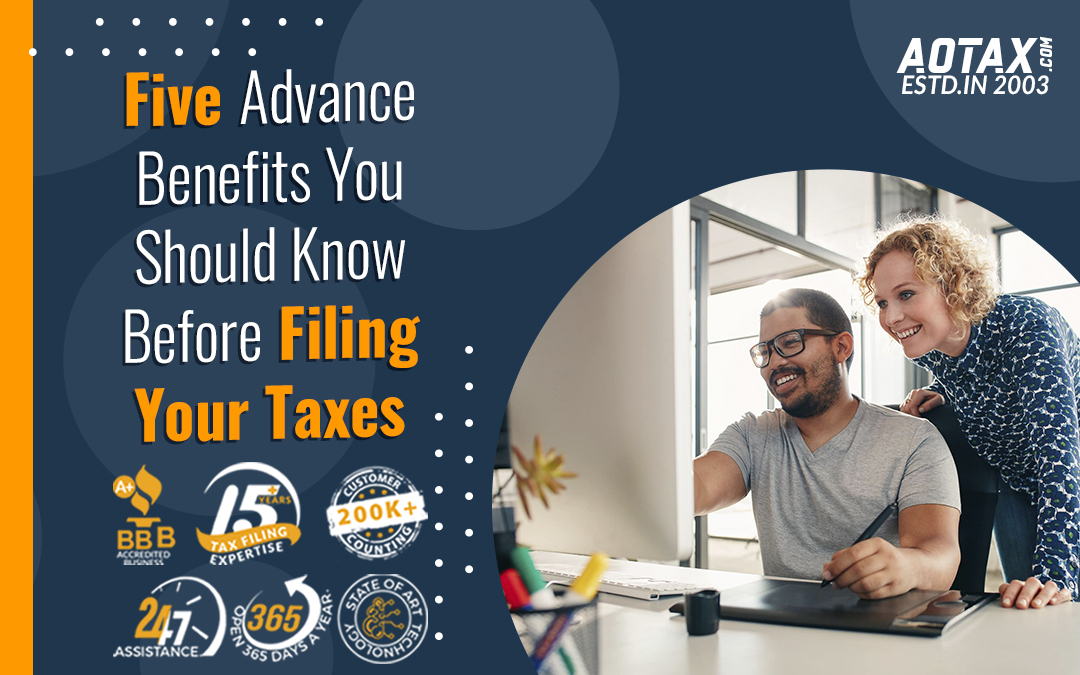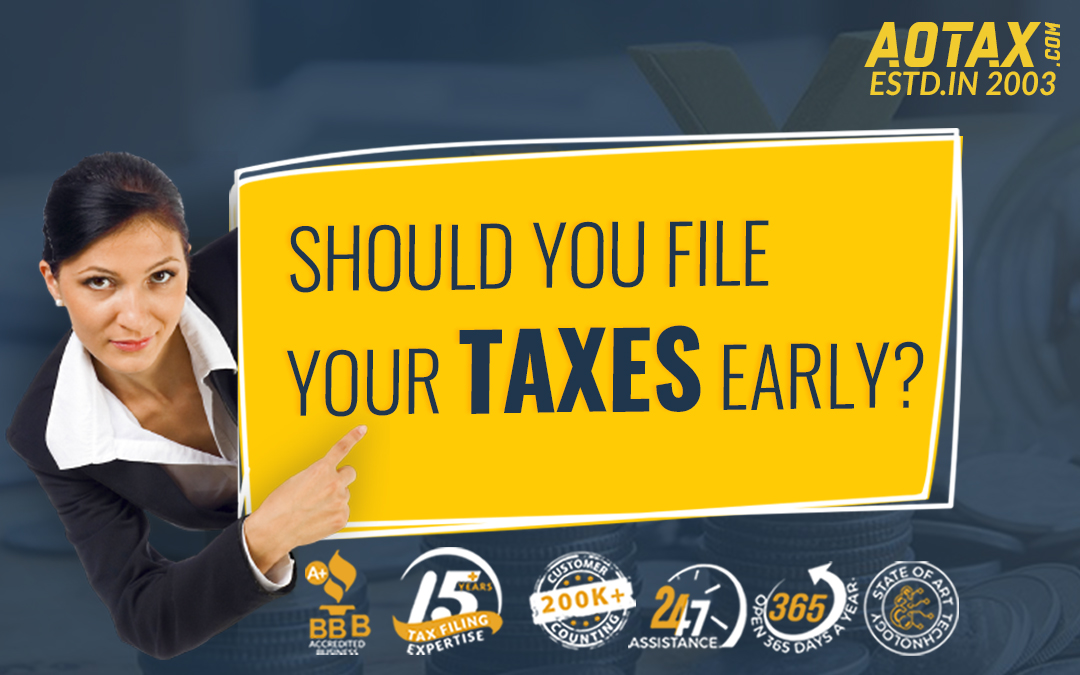
7 Tips to Get Bigger Tax Refund for Your 2017 Tax Year!
7 Tips to Get Bigger Tax Refund for Your 2017 Tax Year!
Most of us consider tax season to be a burden that should somehow just vanish from the calendar. But there are enough statics and data showing that more than 80% people who file for tax returns receive refunds. And the average refund is about $3000. Here are a few effective ways to boost that tax refund even further up.
Proper utilization of Deductions
Most of us do opt for the standard deductions. But if you itemize your deductions and take lots of them, there are chances of higher refunds. If you haven’t already done that, now is probably the best time to do that. But if you have been through that and don’t see any deductions at hand, see if you can prepone some deductions. That donation you had planned for later in the year, do it within the tax season. This will allow you to claim that for tax refund. There are several deductions that might be applicable for you,
Retirement Planning
Funding your retirement with the help of IRA and/or 401(K) allows for bigger tax deductions from your income. This results in lower tax and also higher refunds. Though there is nothing wrong with traditional methods, there is an alternative in the form of Roth IRA and Roth 401(K). Though you do not stand to benefit from immediate tax benefits of bigger refunds, you do get a chance to withdraw retirement funds as tax-free.
Make the most of mortgage
With the constant fluctuations in the interest rates, refinancing your mortgage can turn out to be a good option. In the initial days of your mortgage repayment, majority of your installments goes in as interest. Look for options that will help you reduce the interest rate. It becomes a win-win situation for you, as you can look for better tax benefits and lower interest rates.
W4 Form
Filling up of the W4 form during job initiation is quite a familiar scene. The calculation for amount to be withheld for tax depends on what you fill the W4 with. Higher the claims you make, lower will be the withheld amount. You do get the flexibility of choosing your claims and also updating the form at different times. For a bigger tax refund, claim lower allowances up front and update the W4 form later on to your finance department.
Filing Status
The amount of your tax refund depends on your filing status as well. You should not select the filing status based on assumptions alone. Certain filing statuses allow for much better tax rates and thus higher deductions. For example, single parents or individuals who support dependents qualify for Head of household, which has favorable tax benefits. Similarly assess your situation if you are married. Filing tax returns together or separately would have their own pros and cons. Filing it together leads to higher tax refunds, but it largely depends on your case.
Work from home benefits
If you are someone who works from home a lot, there are bunch of ways to get bigger tax refunds. If you have a dedicated place in your house for work, you can claim up to a quarter of the annual rent. Along with it utility bills, other expenses such as office supplies, travels, advertising costs etc. would also qualify for tax deductions.
Utilizing the credits
Earned income tax credit is a great way for increasing the tax refunds. In fact, they work more efficiently than deductions. It is worth taking sometime to see if you are eligible and can include the same. Every credit dollar that you earn helps in bringing down the taxes by one dollar.
A tax refund has the capability of doubling up as a saving scheme. If you haven’t been able to save much during a financial year, optimizing your tax returns can help you get a fat refund. Once you have that refund, you can utilize it for investing or for anything else as well.






Recent Comments